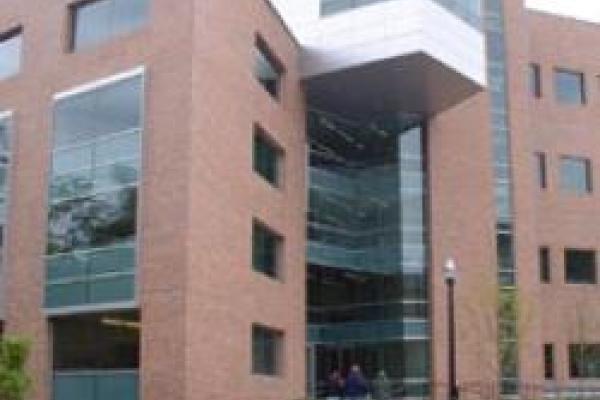
Clusters of atoms or molecules are an ideal target to probe the interaction of high density matter with light of high (energy) density, available from lab-based laser sources for long and facility free-eletron-laser sources for short wavelengths.
Although initial photon coupling to the bound electrons as well as subsequent energy absorption from the laser pulse differs dependent on the wavelength of the pulse and its duration, a universal feature is the formation of a transient electronic nano-plasma. We will discuss its different role paradigmatically for X-ray pulses with the primary goal of imaging the target structure, for VUV pulses and for longer wavelength pulses. In the latter two cases the nanoplasma catalyzes in different ways energy absorption from the light.
